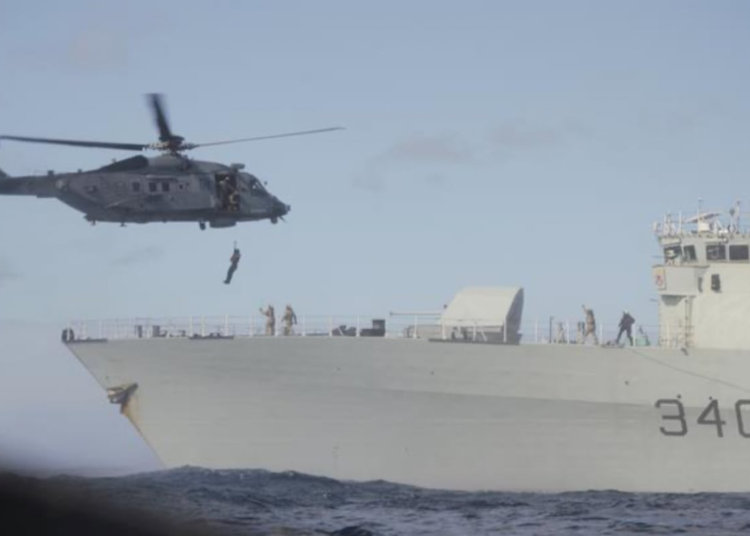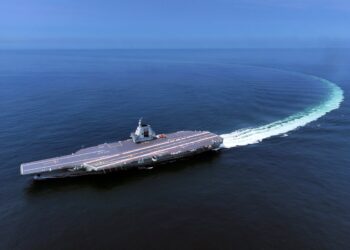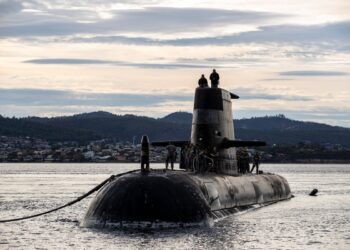MILAN — French, Dutch, and other NATO allies conducted underwater exercises in the Baltic Sea this week, focusing on hunting German and Swedish submarines with assistance from a U.S. P-8 Poseidon aircraft and various detection systems.
This exercise was part of NATO’s Playbook Merlin 2025, a Sweden-led initiative aimed at enhancing anti-submarine warfare capabilities among allied forces.
Participating units included the German Navy’s U-35 submarine and a Swedish Södermanland-class submarine, alongside a U.S. maritime patrol aircraft. Surface vessels and helicopters from France and the Netherlands also contributed to the drills, alongside other military assets.
According to Arlo Abrahamson, spokesperson for NATO’s Allied Maritime Command, the scenarios aimed to refine submarine hunting techniques, with the German and Swedish submarines acting as the targets. Surface ships, helicopters, and the U.S. P-8 aircraft practiced locating the submarines utilizing sonar and other detection methods.
This edition of the exercise marked a significant evolution from a small training engagement in the previous year to a major collaborative military exercise among NATO allies.
Abrahamson emphasized that operating in the Baltic Sea presents unique challenges compared to the Atlantic and Mediterranean Seas, particularly due to the Baltic’s shallower waters. The average depth of the Baltic Sea is only 54 meters, whereas the Mediterranean averages 1,500 meters.
Abrahamson also noted that both Sweden and Germany are taking leading roles in instructing other non-Baltic NATO allies on how to monitor submarine activities in the region.
In related news, last month saw the Russian submarine Novorossiysk surfacing off the coast of France, while the Royal Swedish Navy reported detecting and escorting another Russian submarine within the Baltic Sea.
Elisabeth Gosselin-Malo, a Europe correspondent for Defense News, specializes in military procurement and international security and is based in Milan, Italy.













